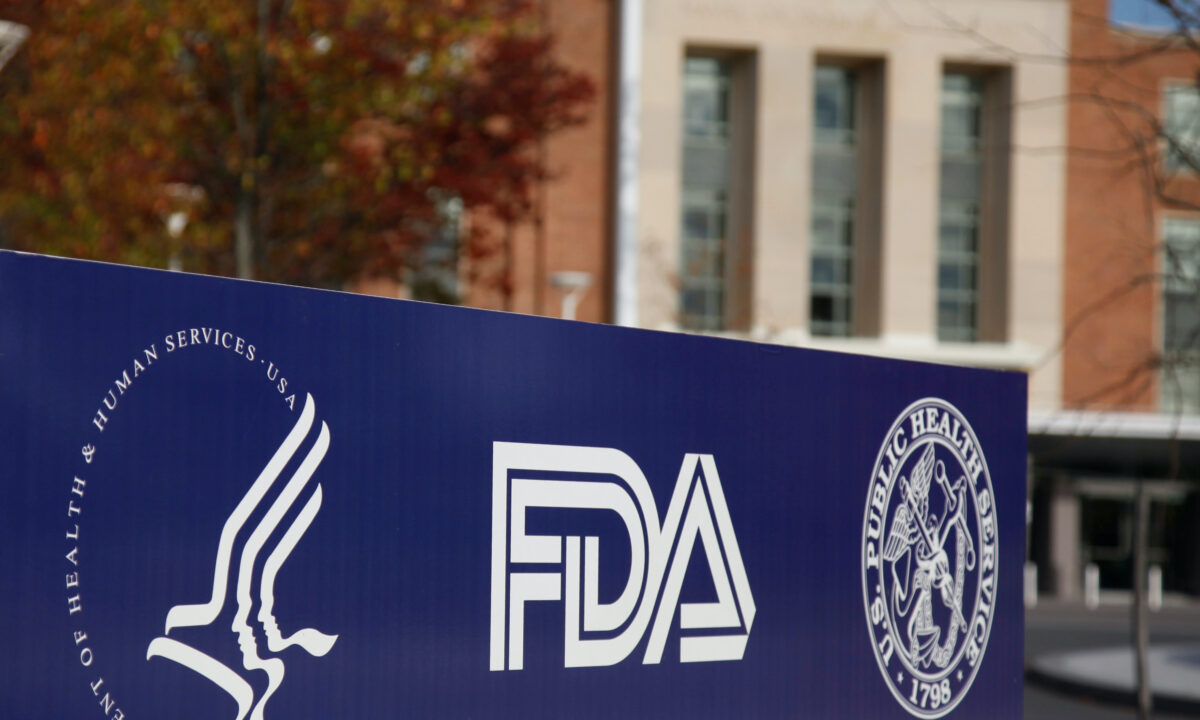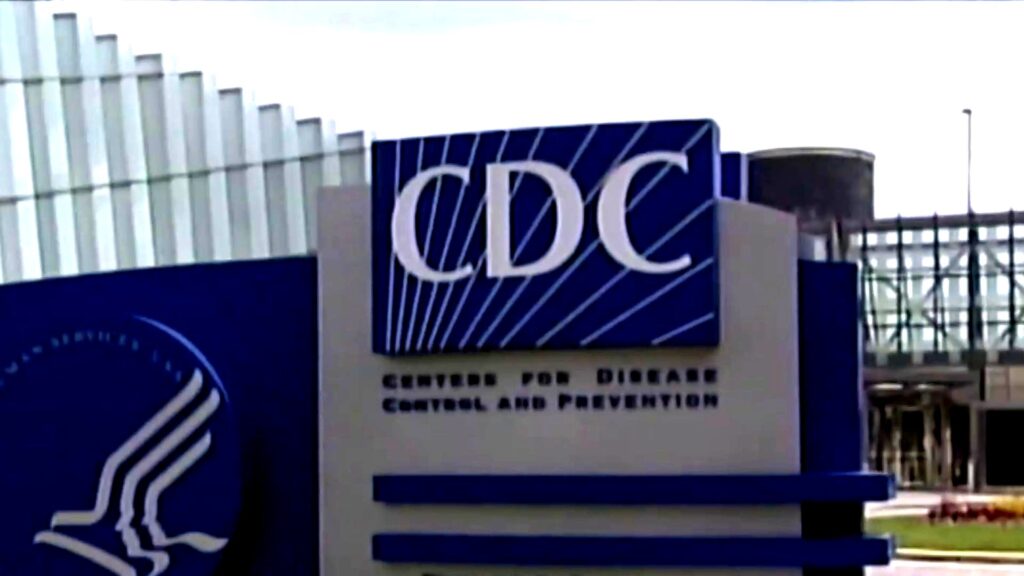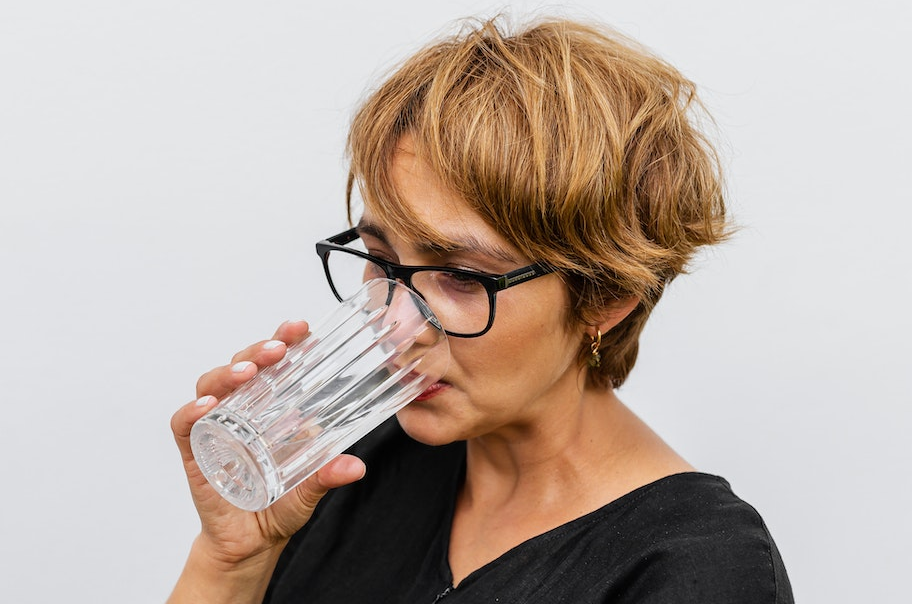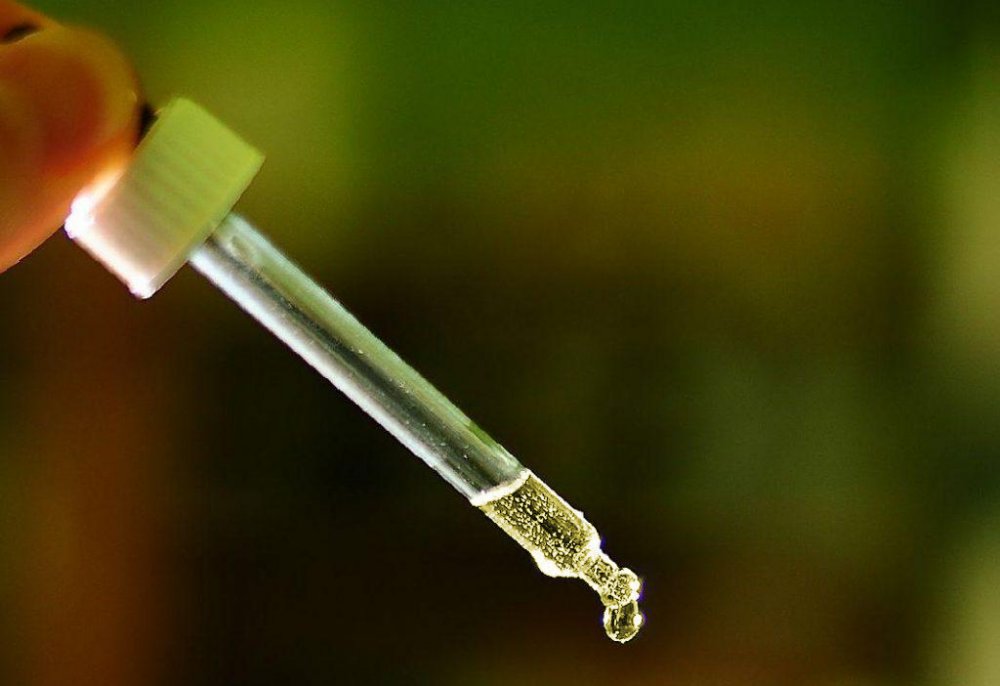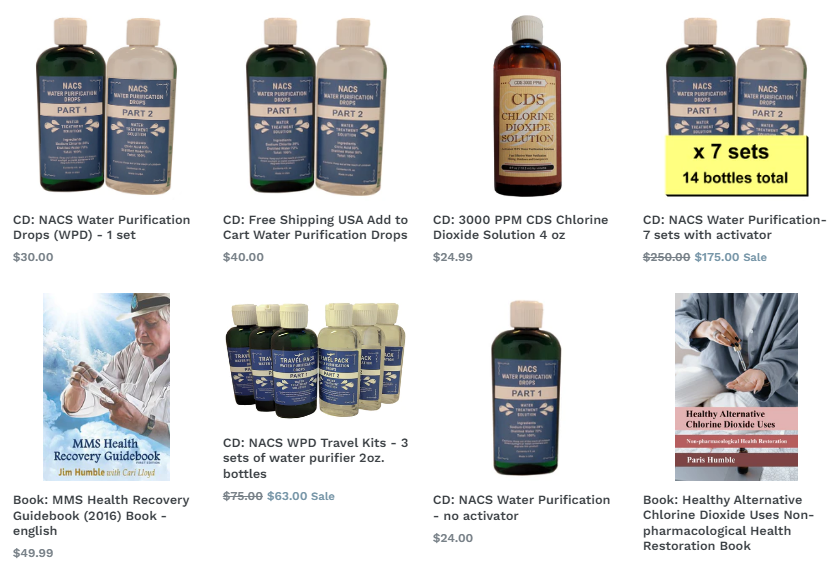According to the FDA, neither bleach nor chlorine dioxide is safe to drink. The FDA states that they are one and the same, even though chemically, they are not. They are And anyone would agree that drinking these substances is not a good idea. According to the Centers for Disease Control (CDC), if you ingest bleach, do not induce vomiting or drink fluids. Seek medical attention right away. Consider dialing 911 and explaining what has happened.
The CDC reports possible side effects from bleach exposure may include a burned esophagus, blurred vision, burning pain, redness, and blisters on the skin, skin injuries similar to frostbite, burning sensation in the nose, throat, and eyes, coughing, chest tightness, difficulty breathing or shortness of breath, fluid in the lungs (pulmonary edema) that may be delayed for a few hours, nausea and vomiting, watery eyes, or wheezing.
Chlorine Dioxide vs. Bleach
That said, one should never drink bleach, such as a chlorine bleach, like Clorox, or a chlorine dioxide solution, such as Natural Antibacterial Cleaner Solution (NACS) or CDS 3000.
How Does Clorox Work?
According to Proctor and Gamble, Clorox‘s active ingredient is sodium hypochlorite, which creates chlorine when mixed with water. As a disinfectant, chlorine is attracted to positively charged ions found in potentially deadly pathogens, removing two electrons from the pathogen when contact is made which is effective enough to kill most dangerous bacteria and viruses. Healthy bacteria are negatively charged and are therefore ignored.
How Does Chlorine Dioxide Work?
Unlike sodium hypochlorite-based chlorine, chlorine dioxide is sodium-chlorite-based which is activated by citric acid (or some other form of acid activator) and has long been revered as a superior pathogen killer, far surpassing the capabilities of chlorine. Chlorine dioxide is attracted to the positively charged ions that indicate toxic anti-life pathogens in the same way chlorine is, only when it encounters such a pathogen it removes five electrons which kills all known pathogens.
Is Clorox Safe to Drink?
Interesting question. Though chlorine bleach is not safe to drink, it can be used to make water safe to drink and has been used for a long time to kill bacteria and viruses in questionable water sources. When using chlorine bleach to create safe drinking water the CDC suggests filtering the water additionally in hopes of capturing the parasites that may not have been killed by the bleach.
Is Chlorine Dioxide Safe to Drink?
Just like chlorine bleach, chlorine dioxide is not safe to but, but is the most powerful way to make water safe to drink. It is more powerful because it is two-and-a-half times more powerful than chlorine and capable of killing not only bacteria and viruses but hard-to-kill parasites like Giardia and Cryptosporidium.
When inquiring as to whether chlorine dioxide safe to drink highly diluted in water, note that chlorine dioxide is also effective in breaking up cysts and taking out protozoa and other parasites.
Emergency Water Preparation
In the event you only have access to surface water, or rainwater, or are unable to otherwise biol your water, as might be the case of you are suffering through a power outage, you can add a few drops of bleach or chlorine dioxide to your water to disinfect it.
Comparatively, you can weigh the value of each. While chlorine bleach is inexpensive and likely within reach, because it is a common solution found in most homes, or if you’re considering adding a two-part chlorine dioxide water purifier solution to your emergency kit, it’s up to you to evaluate the information and make your best decision.
Mixing to Add to Water
Chlorine bleach is the easiest to use. You simply add a few drops to your water. There is no need to premix a water-purifying solution.
The two-part chlorine dioxide-based water purification drops require premixing that goes something like this; mix an equal number of drops from part 1 and part 2 in a clean dry glass, allow to sit for 30 to 40 seconds to activate, then add to your drinking water.

Recommended Dilutions
Bleach
According to the CDC, you should add eight drops of unscented chlorine bleach to a gallon of clear water to make it safe for drinking. If the water is cloudy, you should add 16 drops of chlorine bleach to the water. Regardless of whether cloudy or clear, the chlorinated water should be allowed to stand for 30 minutes before drinking.
Chlorine Dioxide
Used by the military, on expeditions, outdoorsmen, campers, and hikers, the two-part chlorine dioxide directions will be found with the proper dosage detailed on the bottle for creating safe drinking water.
